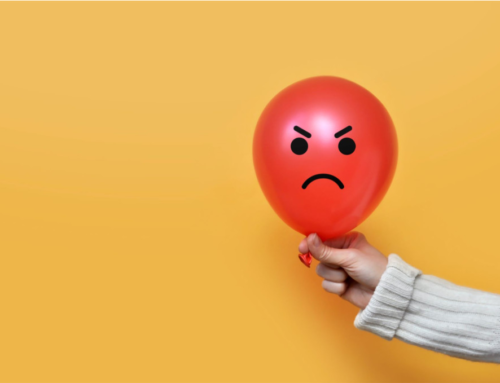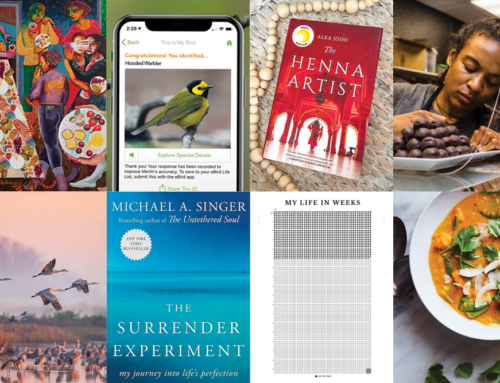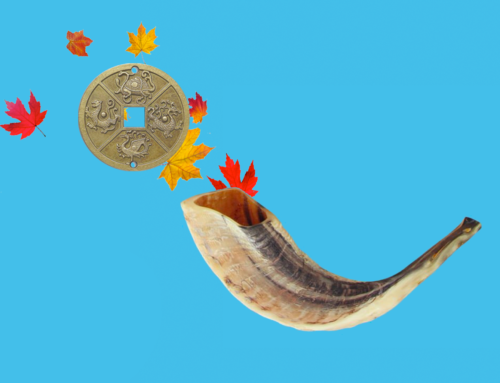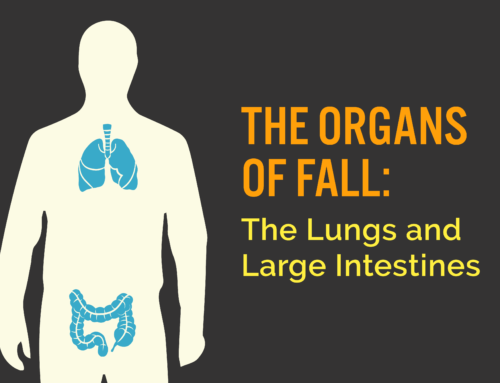Image by Karolina Grabowska
“I feel like I’m in quicksand,” reports one interviewee from the New York Times’ article We Have All Hit a Wall: Confronting late-stage pandemic burnout, with everything from edibles to Exodus. The feeling of being exhausted all of the time is a common complaint, i.e. pandemic fatigue which encompasses physical, mental and emotional exhaustions.
Malaise, burnout, stress and depression…all have risen due to 13 months of this mess, according to a recent Metlife study. And no wonder, this has been a sustained year of loss, tragedy and hardship.
In addition, memory lapses, forgetting what day it is, what words to use, what’s even enjoyable. For those who are still able to, work can feel more difficult and time-consuming. Many feel less motivated and less creative. This is not the way it once was.
A year of uncertainty, of being whipsawed between anxiety and depression, of seeing expert predictions wither away and goal posts shift, has left many people feeling that they are existing in a kind of fog, the world shaded in gray.
And, if the pandemic has not sufficiently colored our world gray, the daily news certainly has with coverage of Asian hate crimes, police brutality, weather-related disasters, national and world politics, etc.
On the other hand, the seasons continue to change, holidays come and go. For some people, the pandemic has not touched their life so profoundly as others, even leading to thriving moments. In Adrienne Marie Brown’s blog If you’re good, say you’re good, the author admits to her own enjoyable moments and extols the virtues of authentically acknowledging wellness. Wellness with a bit of work, but yes, some people are doing well.
The challenge that we face is balancing reality and positivity – holding space for all aspects of experience, with the acknowledgment that both the coexistence of extremes and everything in between is not only possible, but does not negate the experience of one from the other.
A great example of this is spring. A season of color, activity and growth. For some, the additional hours of light is a welcome reprieve from winter’s darkness. For others, springtime sadness is all too real, lending to issues with depression and anxiety.
Likewise, in Traditional Chinese Medicine, the season is known as one of creativity and renewal. But just like any other season, it has the opportunity to bring issues to surface. For spring, the symptoms that tend to arise are related to liver qi stagnation. These issues include allergies; irritability, anger and frustration; exacerbated PMS symptoms; headaches and migraines; dizziness and hypertension; digestive disturbances; and exercise-induced asthma and/or lung Issues.
The beauty of TCM is that no matter how you’re feeling, where you’re feeling it, it’s okay. You’re allowed to come in jumbled and unsure. These days, there are many reasons why you may be feeling the way you do, all of which are okay. Whether you’re working on moving out of quicksand or continuing wellness, springtime sadness or allergies, we invite you into the clinic for a rest, recalibration or reset.




